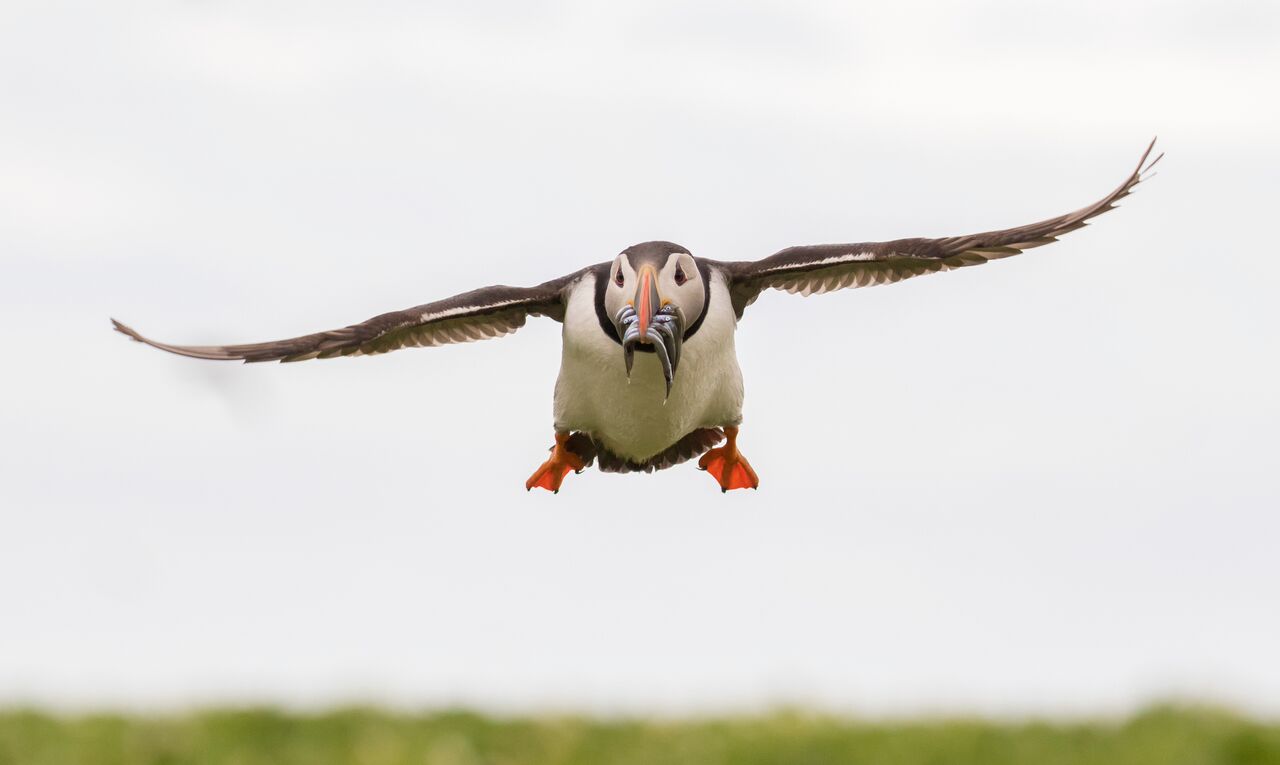
Photographs of Puffins taken around the UK by members of the public (the Puffarazzi) are helping uncover the reasons for this bird’s decline says the RSPB.
The RSPB analysed over 1400 images taken at Puffin colonies and early results suggest that the diet of Puffins varies significantly around the UK – in the northern isles of Orkney and Shetland, where serious Puffin declines have been seen, puffins appear to be consistently finding smaller prey compared to most other colonies.

Ellie Owen, RSPB Conservation Scientist leading the Project Puffin team, said ‘Puffins’ colourful bills and unique eye markings make them a favourite bird to photograph. The huge response to our appeal for photos has been incredible, with more than a thousand submitted. It’s taken the team of staff and volunteers more than three months to go through them all.
For a young puffin waiting in its burrow, its life hangs on whether its parents return with enough food. An abundant supply of large, nutritious fish such as sandeels, sprats and herrings is key to healthy colonies. The public response means we’re getting data on a scale that we’ve never been able to collect before; showing what puffins are managing to find to feed their chicks around our coastline. The next stage of the project is to look more closely at the diet of puffins compared to their breeding success to pin down what part diet plays in the decline of some puffins.‘.
Pictures came from almost 40 colonies around the UK, including many in Scotland such as the Isle of May, Fair Isle, Lunga, and Noss National Nature Reserve. The project is supported by Heritage Lottery Fund Scotland thanks to money raised by National Lottery players. To see more of the pictures and to learn about the RSPB’s Project Puffin, visit www.rspb.org.uk/projectpuffin
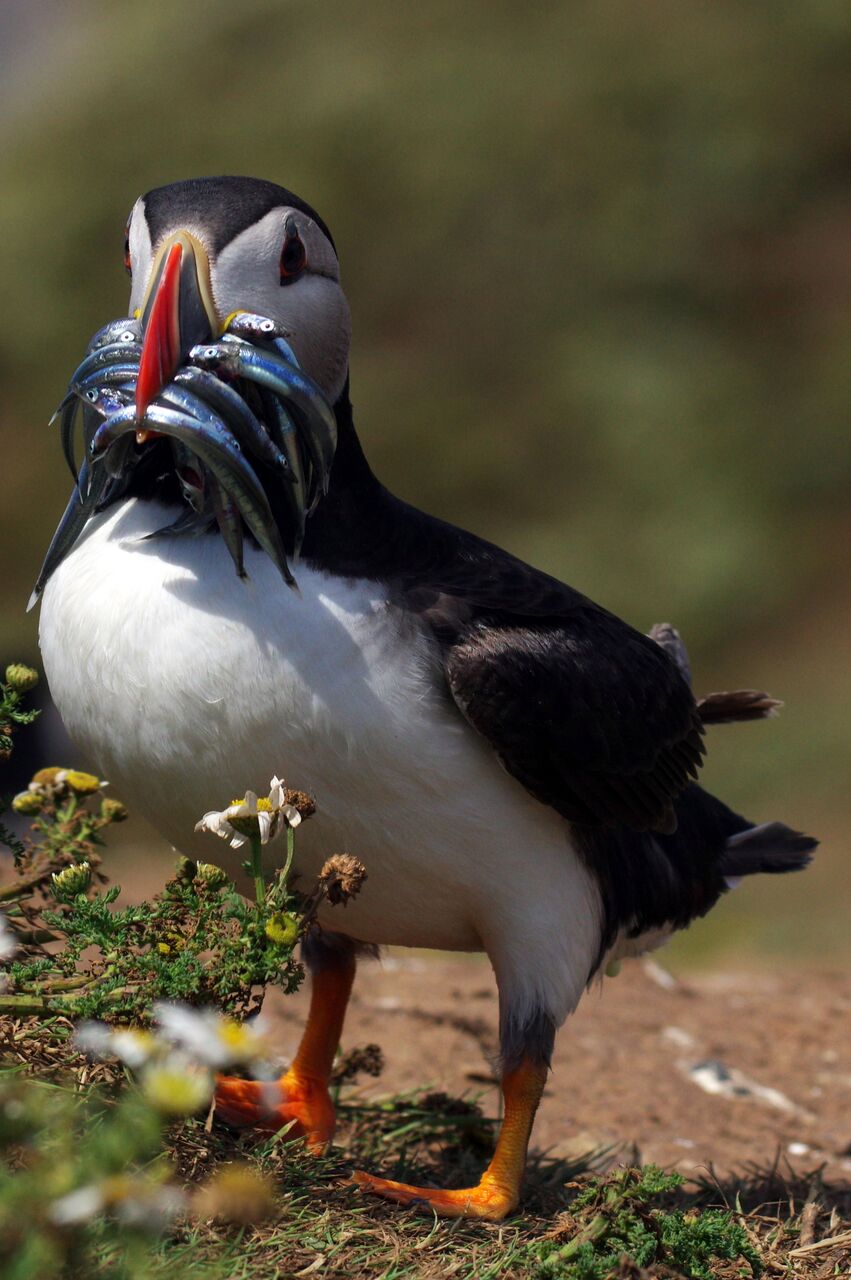
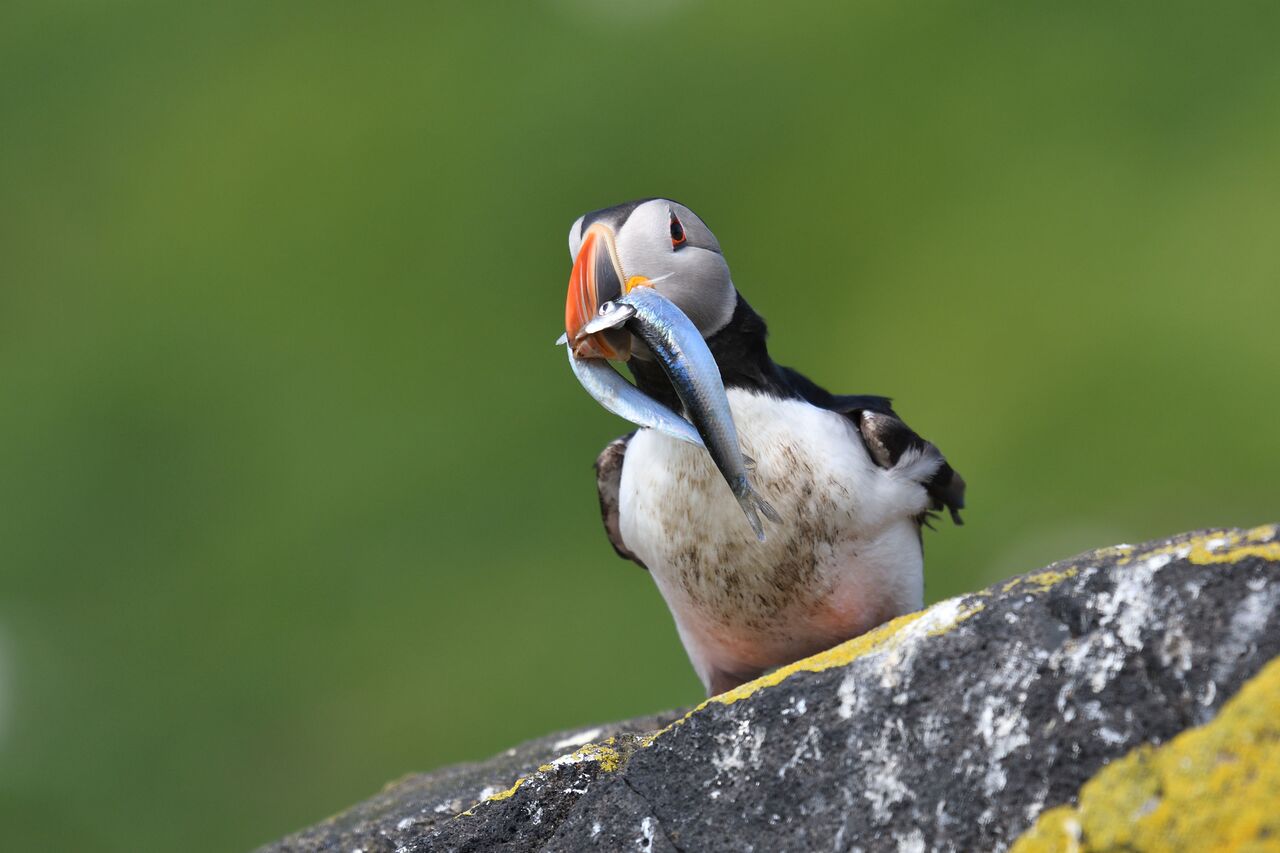
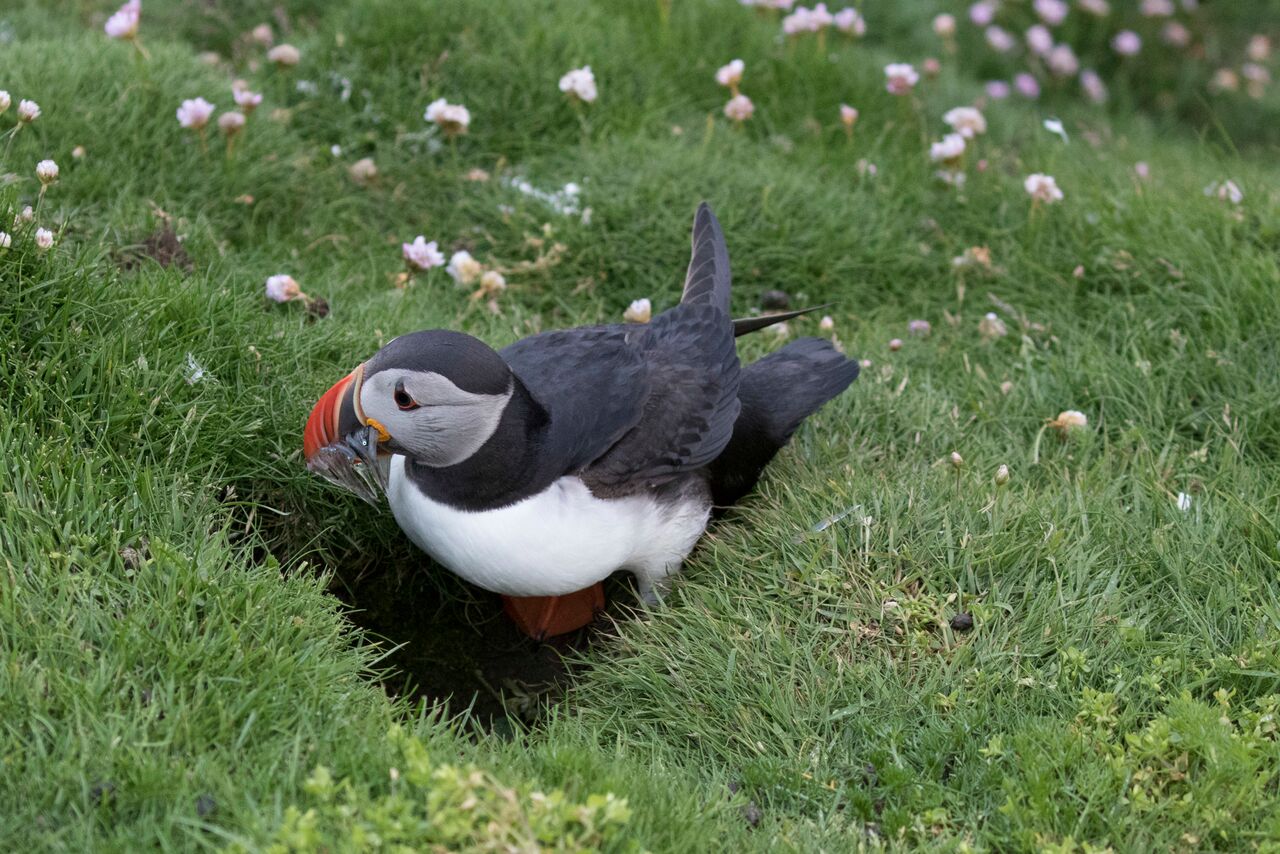
And for a book with Puffins on the cover – try this one. Behind More Binoculars by Keith Betton and Mark Avery is now published (by Pelagic). Here’s a very kind review of it. You can still buy it directly from Pelagic with a 30% discount using the code BMB30 – but only until the end of November.
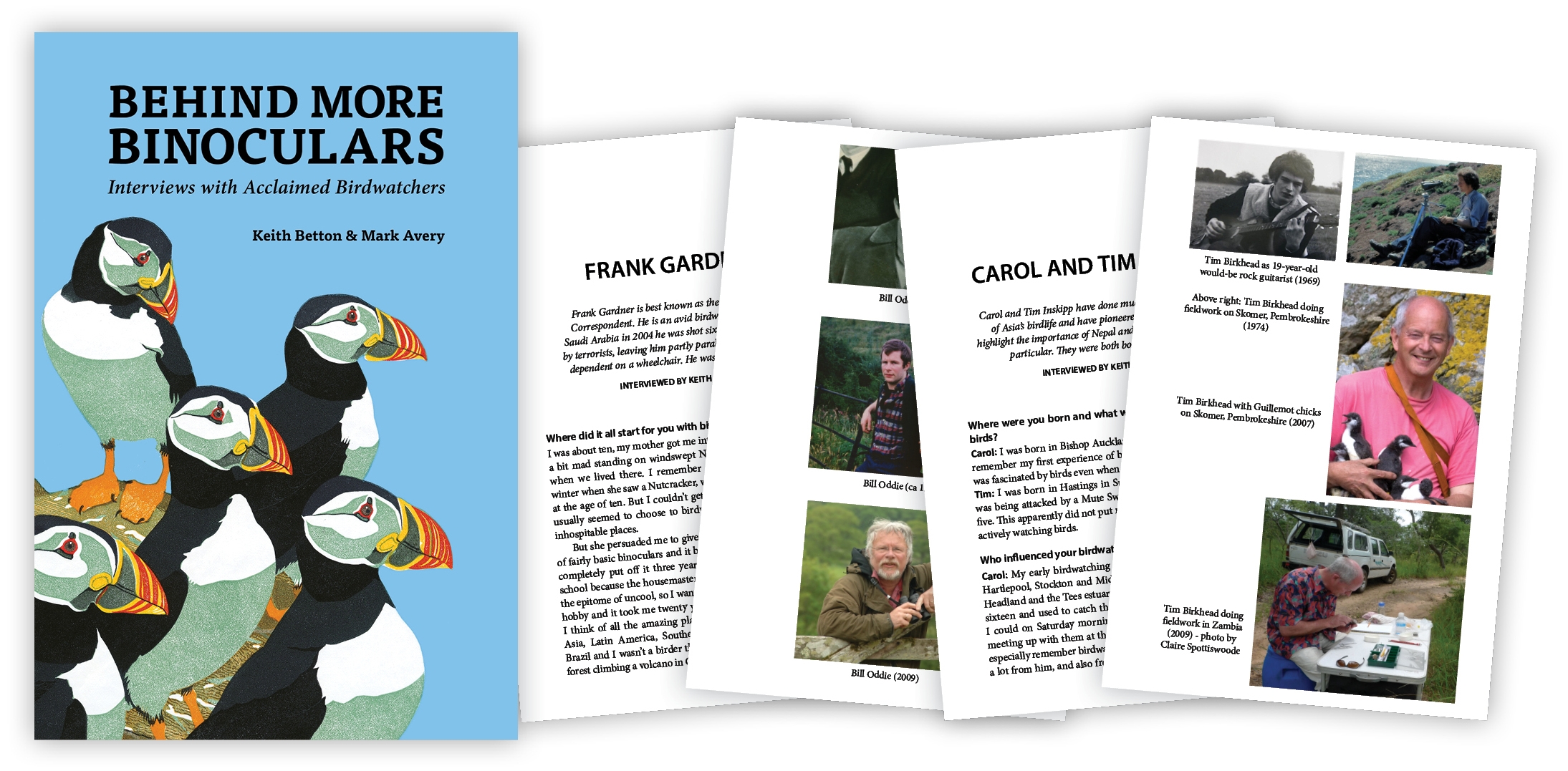
[registration_form]
And the clues will lead to deeper truths. These bright and breezy birds are important advertisers and messengers.
The person who thought up this piece of citizen science is a few ‘flying bricks’ proud of a load.
I seem to remember a piece about puffins not being able to find sand eels and having to take larger fish. Unfortunately the pufflings could not manage to eat them. I can’t find the reference unfortunately, but I’m sure the researchers will be aware of the issue.
Alex – I remember, vaguely, some of that too.
Maybe this one? http://news.bbc.co.uk/1/hi/scotland/highlands_and_islands/6933378.stm
I did some research last year on declines in Icelandic puffin; the consensus seemed to be that warming sea waters were allowing in predatory mackerel, which were eating the puffins’ food, such as sandeels, whilst the Copepods that the sandeels feed on were also being driven north by less nutritious species. So the decline in the fish was driving the decline of the seabirds.
Interesting but very worrying too. Thanks for the link.
Emma, thanks for the link. I find it difficult to believe it goes back over 10 years. I must be getting old!
Pelagic discount code BMB30 doesn’t appear to be recognised…..
Nick – maybe they’ve closed it then. Sorry. Email me!